Perfect Binding vs PUR Binding: What is the Difference?
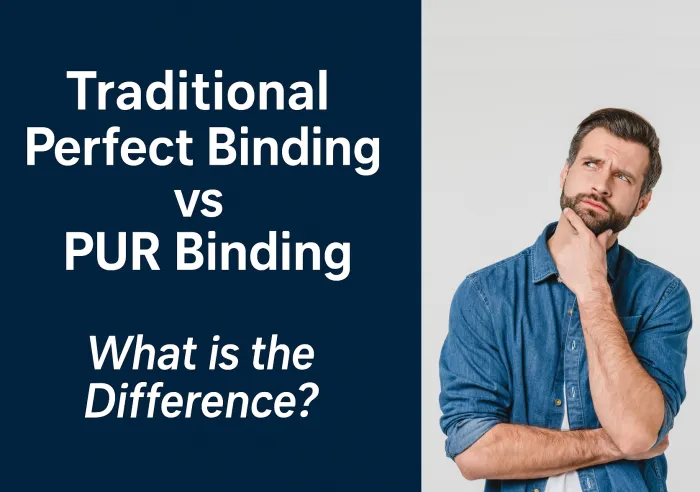
estimated reading time: 5 minutes
A Quick Overview of Traditional Perfect Binding
Traditional Perfect Binding uses Ethylene Vinyl Acetate (EVA)
adhesive to fasten a book's pages within a wraparound cover. This binding
method produces softcover books with a flat, printable spine.
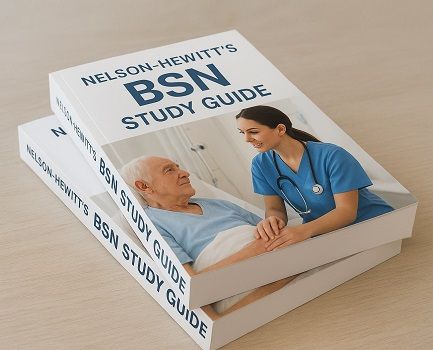
EVA is a hot-melt adhesive that has been used to bind softcover
books since the 1960s. Due to EVA's long association with bookbinding, it is
considered to be the traditional adhesive for perfect bound books.
Regarding its chemical makeup, EVA adhesive is a
co-polymer of Ethylene and Vinyl Acetate. The Ethylene provides flexibility and
impact resistance, whereas the Vinyl Acetate improves the glue's adhesion and
toughness.
EVA is able to bond well to uncoated paper stocks. As a result, it has a good track record for bonding the uncoated stocks used for a wide variety of books.
However, EVA can experience issues when trying to bond coated paper stocks, especially slicker surfaces like gloss UV or laminates. EVA adhesive
can also have some difficulty bonding to heavy cardstocks, recycled paper, and
synthetic substrates.
EVA adhesive works via a thermoplastic bonding process, where
it melts with heat and re-solidifies as it cools, joining the adhesive and substrates
together. There is no chemical reaction during the bonding process like there is
with epoxies or polyurethanes. This enables EVA to set up faster, allowing
perfect bound books to progress to the trimming operation soon after gluing.
Because EVA becomes molten when heated and hardens again
when it cools to room temperature, book manufacturers are able to reheat
batches of glue that may have hardened, thus minimizing waste. However, the
fact that EVA glue can be made soft again by reheating also means that the
pages and cover could become loose if subject to higher than
normal temperatures.
Another concern of using EVA glue for bookbinding is the
potential for a book's spine to crack during cold temperatures. Also, compared
to other adhesives like PUR, EVA has a lower bonding strength. So there is the
potential for pages to come loose during heavy use or rough handling.
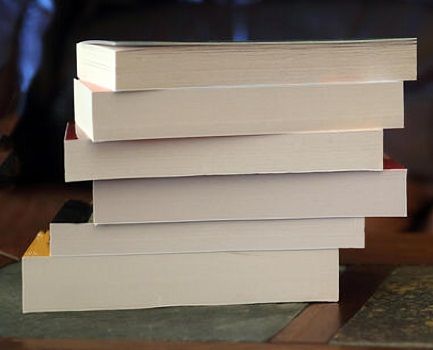
Many book printing companies still use EVA glue because it is offers a moderately good mix of strength, flexibility, and economy, particularly for books expected to have a short-to-medium lifespan. Though EVA is not as strong or long-lasting as PUR, it does offer book manufacturers a lower cost point.
A Quick Overview of PUR Binding
PUR stands for Polyurethane Reactive, a hot-melt adhesive that starting seeing commercial use for bookbinding in the 1990s.
PUR Binding
is a variant of the Perfect Binding method, with the book manufacturing process
being largely the same except for using Polyurethane Reactive adhesive instead
of Ethylene Vinyl Acetate (EVA).
Breaking down the name Polyurethane Reactive, the term Polyurethane refers to a string of polymers linked together by urethane bonds and Reactive means the adhesive acquires its strength from undergoing a chemical
reaction.
This chemical reaction is initiated by moisture drawn from
the natural humidity in the surrounding air as well as the moisture within the
materials being glued. The moisture triggers small molecules within the PUR adhesive
to form larger chains of molecules called polymers.
This polymerization process is what gives PUR glue its
superior strength and adhesion. Whereas EVA glue might set up within minutes,
PUR requires hours to gain full strength because the cross-linking of
molecules continues until the glue is fully cured.
Unlike EVA adhesive, PUR cannot be reheated.
However, this is a positive feature for consumers because it means the pages
will not loosen should a completed book encounter a hot environment.

In addition to being able to withstand temperature extremes better than EVA adhesive, PUR outperforms EVA in many other ways.
For example, PUR's molecular
bonding with a book's paper fibers provides a stronger and longer-lasting bond than
EVA. The intense gripping power of PUR ensures a book's cover and pages will remain
intact even when subject to extensive use or rough handling.
The flexibility of PUR adhesive is also superior to EVA. Whereas EVA can become brittle over time, PUR will maintain its flexibility. This allows PUR books to be opened wide or pressed down flat without any concern that the spine might crack.
PUR adhesive is also compatible with a wider range of substrates.
Unlike EVA adhesive, PUR can create a strong bond with virtually any substrate,
including coated stocks, synthetic paper, laminates, thicker cardstocks and
recycled paper.
Over the past few decades, PUR has transformed softcover
bookbinding by providing a much stronger and more flexible bond than EVA. PUR binding
has become the ideal choice for books that will endure frequent use, such as
manuals, textbooks, catalogs, or children's books.
Key Takeaways
Traditional Perfect Binding with EVA adhesive and PUR Binding
both create professional-looking softcover books. But as explained, their
performance levels differ significantly.
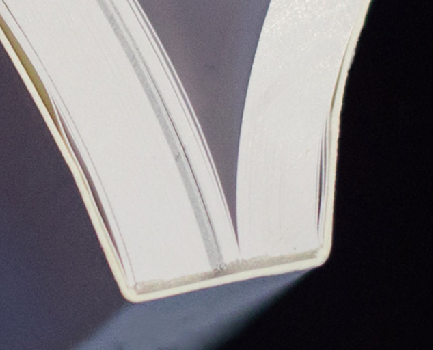
EVA adhesive is a solid choice for books that use uncoated paper stocks and are intended for short to medium term use.
PUR adhesive, on the other hand, is not limited to uncoated stocks. It can bond to just about any substrate. PUR is also the better choice for books expected
to last for many years.
Are you looking for affordable Book Printing Services?
Color Vision has been producing affordable books for over four decades!
So whether you are looking to print novels, manuals, catalogs, workbooks, magazines, or any other type of book, be sure to get in touch.
In
addition to low prices, we offer a wide range of printing, binding, and
finishing services to help your books stand out.
Even though PUR is a superior binding adhesive, Color Vision
does not charge extra for it. You will get all the benefits of PUR without
paying a penny more.
If you have an upcoming project, just fill out our
simple Quote Request form and we will be happy to email a quote to
you. Or, if you prefer to discuss your project by phone, we can be reached
at 800-543-6299.
As always, we hope to hear from you soon and look forward to assisting with your custom printing needs!
Related Article: 7 Types of Books that call for PUR Binding
Related Articles

Creating a Comic Book? Here’s some Advice from a Printer
Read This Article

Perfect Binding vs PUR Binding: What is the Difference?
Read This Article
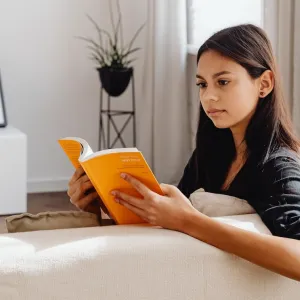
Perfect Bound Book Printing: Tips for getting the Best Value
Read This Article

How Much Does It Cost to Have Books Printed?
Read This Article